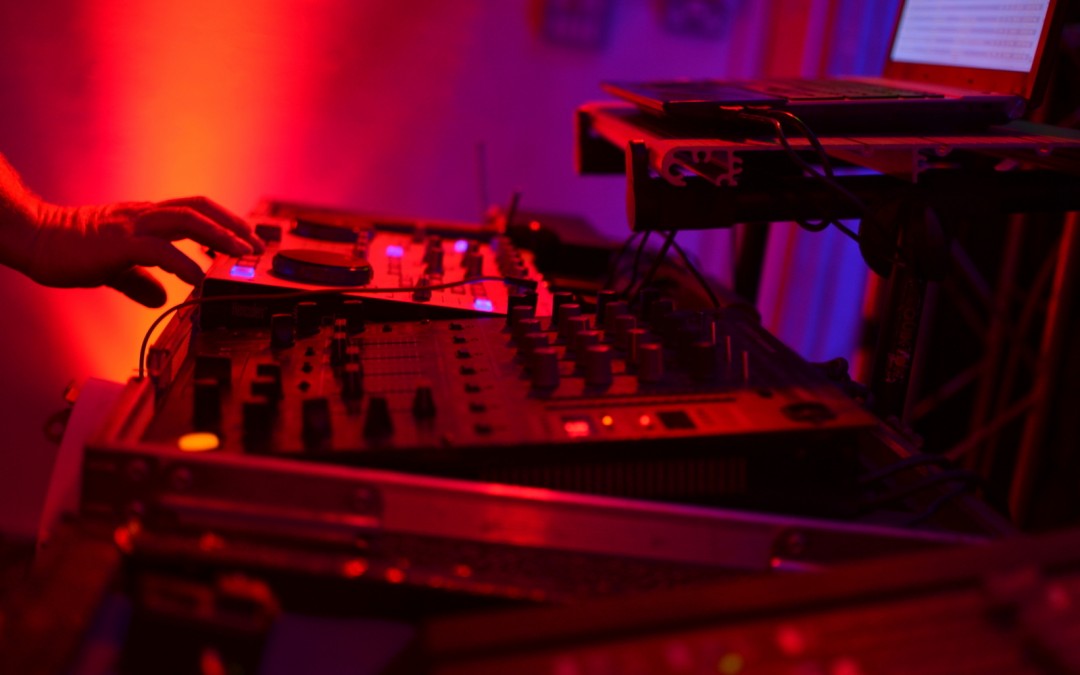This is what we were asked by Rick who said he just started mixing recently. In this case, the obvious answer would be 2 decks. But is it really? In a previous article (Making Your DJ Set Unique) I underlined the importance of adding personal touches to your set, otherwise the same mix could be easily reproduced by someone else.
Having 2 extra decks doesn’t imply mass mixing everything at once, but rather adding fine touches to make the mix your own.
You can begin by using decks A (1) and B (2) for mixing the primary tracks of your set and setting decks C (3) and D (4) as your remix decks. Starting off as a DJ will give you the impression that you’re lacking in gear and/or instruments. This couldn’t be farther from the truth. Deck C can have a loop from another track or from something you recorded yourself on a mic (your DJ name, for example). The same goes for deck D. Just remember to test them out at home first.
Mindlessly cueing your DJ name might result in a generally annoying sound. Unless you’re Mike Jones! Who?!
If you’re thinking of implementing and controlling 4 decks only with your mouse and keyboard, I’m going to say that it’s not impossible but it can become frustrating. You can map a lot of buttons to your keyboard, but still won’t be able to use your mouse for so many other functions that can’t be mapped to keys (jogwheels, effects, knobs, etc.) Most MIDI controllers have dropped massively in price and these small devices can give you tons of control over more advanced features. No need to buy big. Start off with a small and cheap 2-deck controller; use it in conjunction with your keyboard to maximize control over your set. Having a 4-deck controller doesn’t make anyone more of a DJ. Most DJs don’t use more than 2 decks in their entire lifetime… and some of them are famous. So, using 2 decks is the nightly norm for most.
Having a MIDI controller will greatly enhance your DJ experience; enough to keep the set rolling on decks A and B while cueplaying snippets of sound from decks C and D.
Rather than choosing to play and mix songs just as they are, try this technique to add to your prestige: play a Hip Hop/House, etc. beat on deck A, bring a loop of some exotic instrument on deck C and play an acapella from a pop song on deck D and in the meantime start your transition to the song on deck B. It might reach out to your crowd on a whole new level. Some may call this a crude form of remixing but if you manage to smoothly mix between the tracks mentioned above it will blow away any other DJ that’s been playing the ‘end-to-end’ mix routine that was established back in 1985. The bottom line?
If decks A and B are your main musical canvas, think of decks C and D as the small brushes that can highlight your work.

